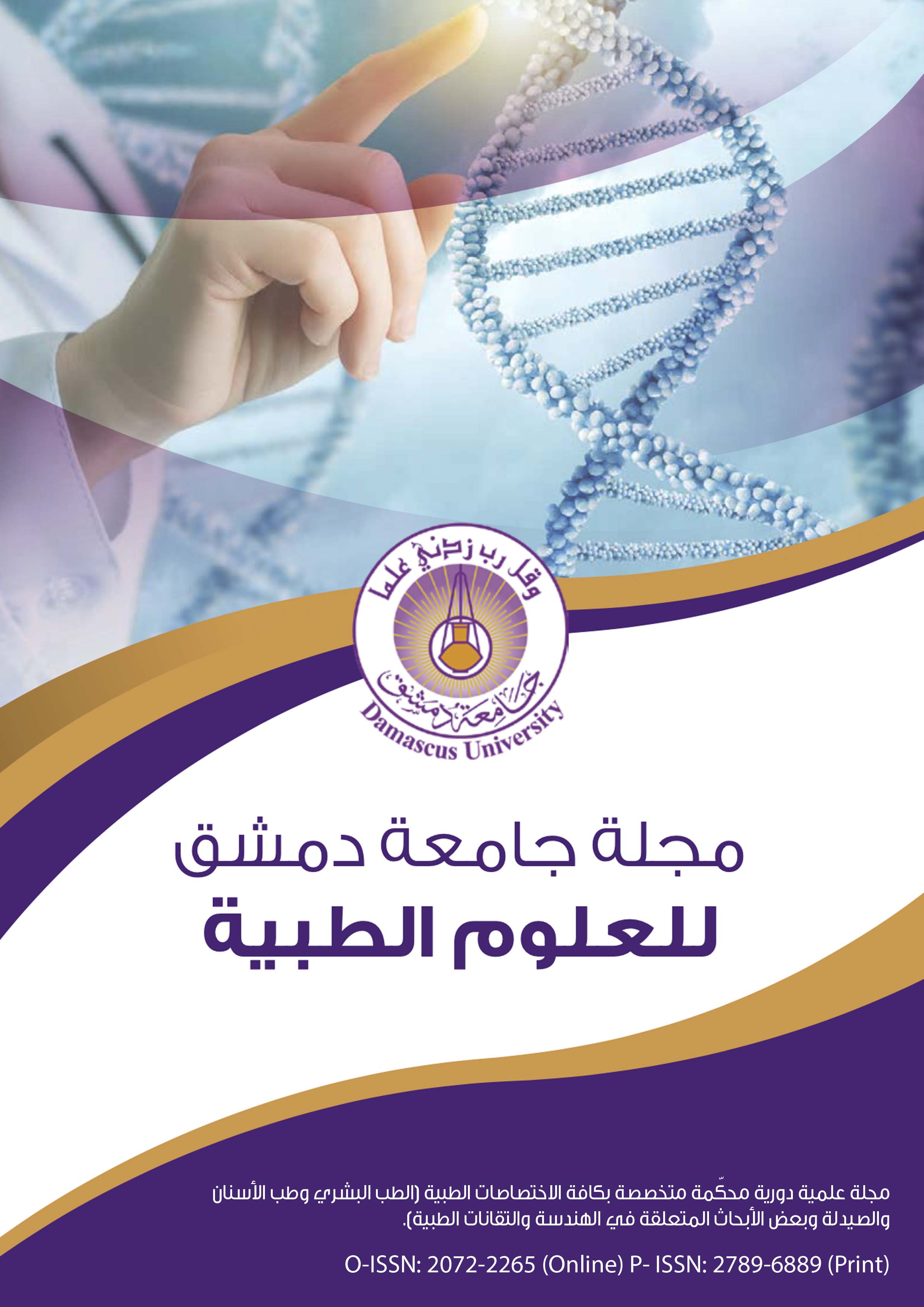Comparison of the bone lid technique with the traditional technique in terms of postoperative pain in the posterior region of the lower jaw
Keywords:
bone lid, bone lid technique, piezosurgery, painAbstract
Background and objectives: The treatment of cysts and impacted teeth is one of the most common procedures in oral and maxillofacial surgery, and its surgical removal is the most applied procedure, but these enucleation operations will leave bone defects of different sizes in addition to many complications, especially in cases where bone loss occurs Large, non-traditional methods such as bone lid technique have recently been researched to reduce bone loss and help the organ to heal.
Materials and methods: Twenty patients aged 18-45 with bony lesions or impacted teeth in the posterior region of the lower jaw that need to be surgically removed. The sample was divided into two groups: The first group was treated by the traditional method, and the second group was treated by the bone lid technique using piezoelectric device. Clinical follow-up was continued for one week postoperatively to assess postoperative pain in both techniques.
Results: By the end of the follow- up period, one case of failure was recorded when using the bone lid technique with a success rate of 90%, while all patients with the traditional technique were cured normally, and there were no statistically significant differences in pain score between the two groups on the first, third and seventh days Postoperatively.
Conclusion: bone lid technique using piezoelectric device is an effective technique in the treatment of bony lesions and impacted teeth, it also more bone-preserving, and recommended to use it without fear of increasing postoperative pain.

